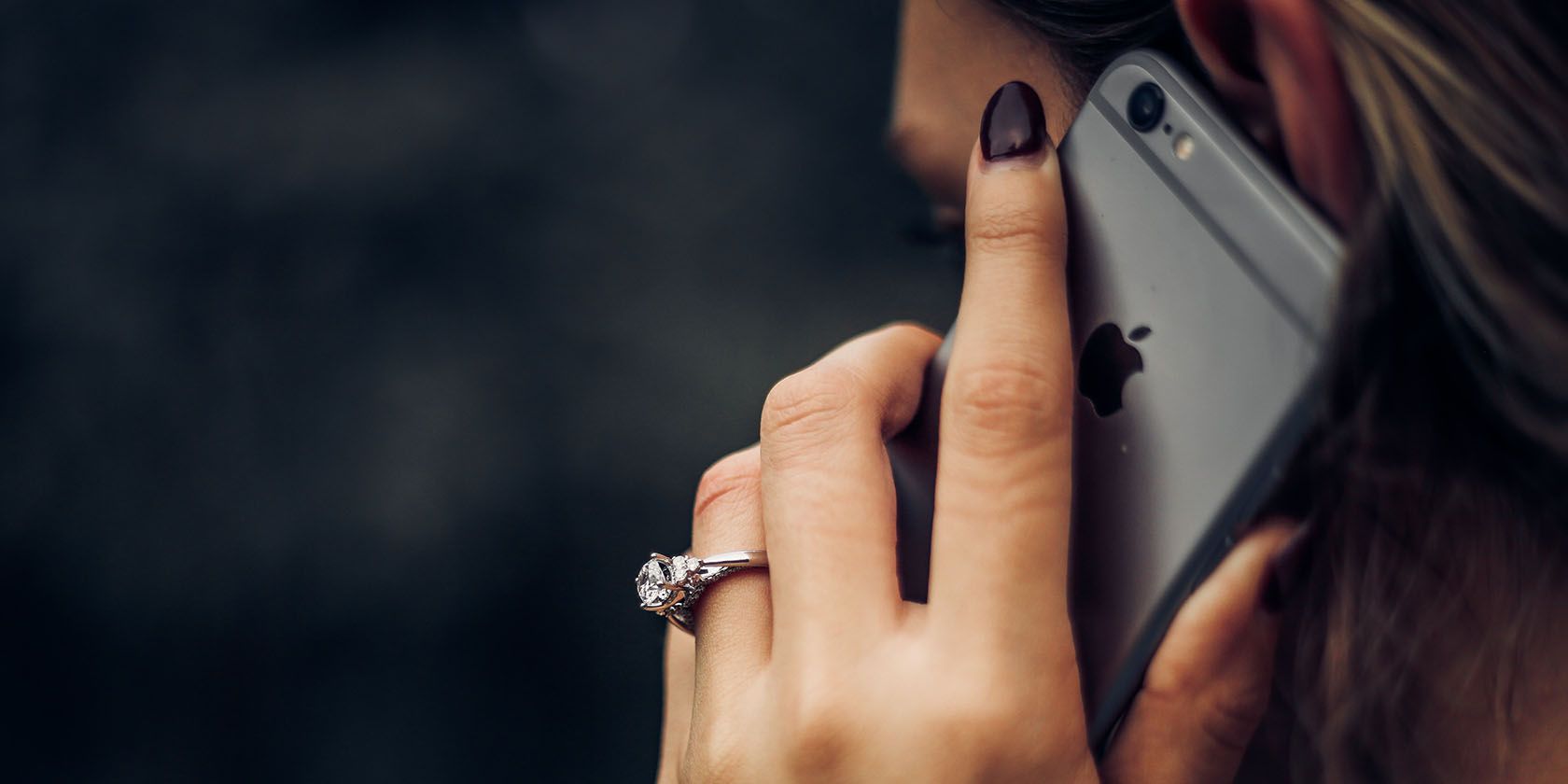With our mobile phones almost always right next to us, most of us forget that it’s still an electronic device with its own set of risks, including radiation.
While many people prefer more subtle communication methods like emails or texts, sometimes nothing beats a proper conversation over a direct call. However, it’s surprising that we all make hundreds of calls in our lifetimes, but still don’t know how to make them properly.
So, why exactly is this harmful? While there is no conclusive evidence yet on how dangerous cellphone radiation really is, here are some things to think about.
A Quick History of Cellphone Radiation Laws
Before we go into further detail, consider that the FCC guidelines on cellphone radiation (RF) exposure were established in 1996. With this, we know that much of how it was computed was based on the technology of its time and does not necessarily take into account the kind of devices we carry with us nearly 25 years in the future.
According to the US Federal Communications Commission (FCC), the safe Specific Absorption Rate (SAR) level in mobile phones is 1.6W/kg. The SAR is the energy absorption rate per unit mass of a human body measured through thermal energy.
In 2019, a Chicago Tribune study showed several popular mobile phones such as the iPhone X and Samsung Galaxy S8 hitting radiation levels higher than the allowed SAR limit. In fact, the iPhone 7 is confirmed to have 50 percent higher SAR levels than the allowed limit.
In 2020, a follow-up investigation by Penumbra Brands CTO Ryan McCaughey also revealed that several off-the-rack iPhones also significantly exceeded the SAR limit. The California-based RF Exposure Lab confirms that iPhone 11 Pro had a SAR of 3.8W/kg, more than double the 1.6W/kg FCC SAR limit. McCaughey said:
In the recent FCC tests, the iPhone XS model that wasn’t supplied by Apple reveals the testing flaws—radiation is 28 times higher than the agency’s original report
With this, we see several flaws when it comes to the SAR limit:
- The current FCC laws were made in a pre-smartphone era and may not be wholly reflective of the state of our current technology today.
- The FCC likely approves products based on manufacturer-supplied devices, which means that they may not be tested thoroughly based on actual use.
- Many of the widely used smartphones bought off-the-rack may not even pass the current FCC-standards.
So, how do we protect ourselves while still using our phones?
Why the Way You Call Matters
While the FCC method of detecting SAR levels is not completely fool-proof, we know that your mobile phone usage directly affects the actual radiation levels that you are exposed to.
Additionally, the FCC SAR limit is derived from the average radiation of a 30-minute call. However, the SAR limit computation also considers the prescribed cellphone distance, which varies per cellphone manufacturer.
Nearly all cellphone manufacturers advise a distance of at least a quarter of an inch away. In fact, Apple even advises you to keep the cellphone at least ½ inch from their body or brain when in use. Other factors that influence radiation levels when using mobile phones are signal strength, distance, and connection time.
Unfortunately, this information is not widely available, leading to millions of people regularly making calls without really knowing how to make them safely. While the full effects of cellphone radiation are still in question, some studies show links to cancer, infertility, and immune system issues.
If you’re wondering how to keep using your phone with as little radiation as possible, here are a few tips.
How to Make Safer Calls
When it comes to protecting yourself from cellphone radiation while calling, there are several things that you can do to protect yourself. It starts with choosing the right phone. Before every purchase, check if the mobile phone model has passed FCC approval. While it is not a foolproof method, it is still your first line of defense.
Next, build good calling habits. Start by avoiding taking calls when your phone has a weak signal. When you only have one or two bars, your phone must emit more energy to connect to a tower. Similarly, the moments when you are trying to connect to a call also generate more radiation than the actual call itself.
To minimize exposure, wait for the line to connect before putting the cellphone close to your ear. During a call, never put your phone directly on your ear. While each manufacturer will have its guidelines, it is safest to put your phone at least a half to a quarter-inch away from your ear at all times.
You may also opt to use wired earphones or, better yet, use a Bluetooth speaker when you are in your private space. While Bluetooth earphones still have radiation, it is negligible.
Lastly, if it is unavoidable, keep calls short and sweet. Make it a habit to end with an offer to send an email with full details or discussion recaps later on. If it is an important matter, opt to meet in person. Alternatively, you can also just stick to text or secure messaging apps.
Protect Yourself from Phone Radiation
While the verdict is still out there on how much damage phone radiation can do to you, it’s always better to be safe than sorry. Unfortunately, a caveat of modern technology is that while it can be incredibly convenient and life-changing, its long-term effects are still unclear.
Aside from mobile phone radiation, many countries like France have even taken steps to ban Wi-Fi signals within a certain distance from daycare centers because children are suspected to be the most susceptible to its effects.
Despite quality control measures, manufacturing companies cannot hope to control the exact usage of everyone who owns their devices. In fact, when it comes to cellphone radiation, it is not just a matter of what your phone is, but also how often and how exactly you use it.
Protecting yourself from radiation is more than just avoiding calls. It is also about keeping your phone at a reasonable distance when not in use. While it’s tempting to always be on call, it may be time to start putting the phone down a little more.
About The Author


